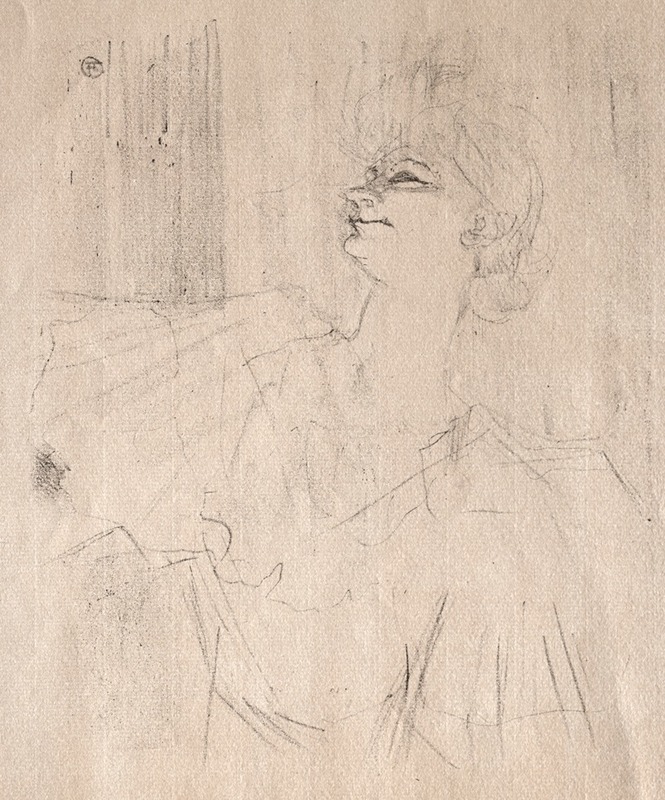
Yvette Guilbert: à Ménilmontant, de Bruant
A hand-painted replica of Henri de Toulouse-Lautrec’s masterpiece Yvette Guilbert: à Ménilmontant, de Bruant, meticulously crafted by professional artists to capture the true essence of the original. Each piece is created with museum-quality canvas and rare mineral pigments, carefully painted by experienced artists with delicate brushstrokes and rich, layered colors to perfectly recreate the texture of the original artwork. Unlike machine-printed reproductions, this hand-painted version brings the painting to life, infused with the artist’s emotions and skill in every stroke. Whether for personal collection or home decoration, it instantly elevates the artistic atmosphere of any space.
Henri de Toulouse-Lautrec, a prominent French painter and illustrator, is renowned for his depictions of Parisian nightlife in the late 19th century. One of his works, "Yvette Guilbert: à Ménilmontant, de Bruant," captures the essence of this vibrant era. Toulouse-Lautrec was particularly fascinated by the performers and entertainers of his time, and Yvette Guilbert was one of his favorite subjects.
Yvette Guilbert was a celebrated French cabaret singer and actress known for her unique style and expressive performances. She rose to fame in the 1890s, performing in venues such as the Moulin Rouge and Le Chat Noir. Her distinctive long gloves and emotive singing made her a muse for many artists, including Toulouse-Lautrec. Guilbert's performances often included songs with humorous or satirical lyrics, and she became an icon of the Parisian entertainment scene.
The painting "Yvette Guilbert: à Ménilmontant, de Bruant" is part of a series of works by Toulouse-Lautrec that depict Guilbert. In this particular piece, the artist captures her in a moment that reflects both her theatrical presence and the lively atmosphere of the venues where she performed. Toulouse-Lautrec's style is characterized by bold lines and a keen sense of movement, which are evident in this work. His use of color and form brings out the dynamic energy of Guilbert's performance.
Toulouse-Lautrec's relationship with Guilbert was both professional and personal. He admired her talent and charisma, and she appreciated his ability to capture her essence on canvas. Their collaboration resulted in numerous artworks that have contributed significantly to the legacy of both the artist and the performer. Toulouse-Lautrec's depictions of Guilbert are not just portraits; they are vibrant snapshots of an era that celebrated artistic expression and cultural innovation.
The title "à Ménilmontant, de Bruant" refers to Aristide Bruant, another famous figure in the Parisian cabaret scene. Bruant was a singer, songwriter, and nightclub owner who played a pivotal role in popularizing the chanson réaliste genre. His influence on the Parisian nightlife was substantial, and his collaborations with artists like Toulouse-Lautrec helped to shape the cultural landscape of the time. The mention of Ménilmontant, a district in Paris, further situates the painting within the context of the city's vibrant artistic community.
Toulouse-Lautrec's work is celebrated for its ability to capture the spirit of the Belle Époque, a period marked by optimism, cultural flourishing, and artistic experimentation. His paintings and posters provide a window into the world of late 19th-century Paris, with its bustling cafes, lively theaters, and colorful characters. "Yvette Guilbert: à Ménilmontant, de Bruant" is a testament to Toulouse-Lautrec's skill as an artist and his deep connection to the subjects he portrayed.
Today, Toulouse-Lautrec's works are held in high regard, and his depictions of figures like Yvette Guilbert continue to be studied and admired for their artistic and historical significance. His ability to convey the essence of his subjects with such clarity and emotion ensures that his legacy endures, offering insight into a bygone era that continues to captivate audiences around the world.






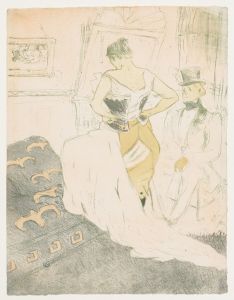

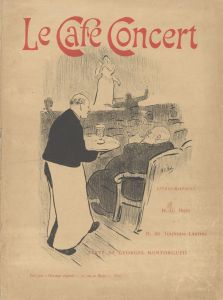

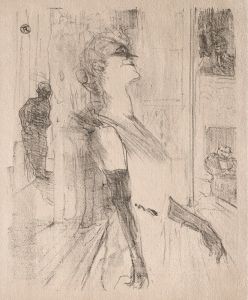
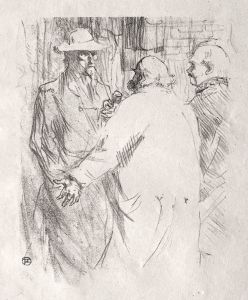
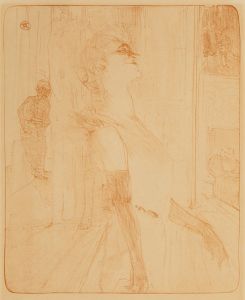
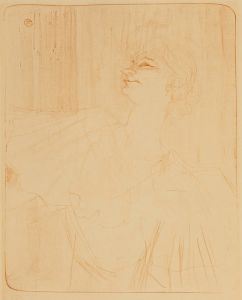
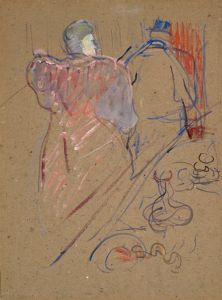

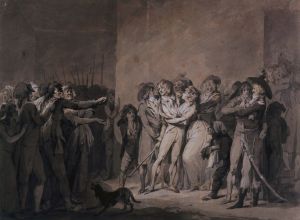
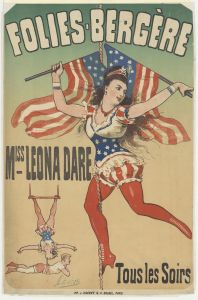
![Designs for promotional material for opera singer Emanuel List.] [Drawing for brochure page](/imgs/249246/s/winold-reiss-designs-for-promotional-material-for-opera-singer-emanuel-list-drawing-for-brochure-page-130d6349.jpg)